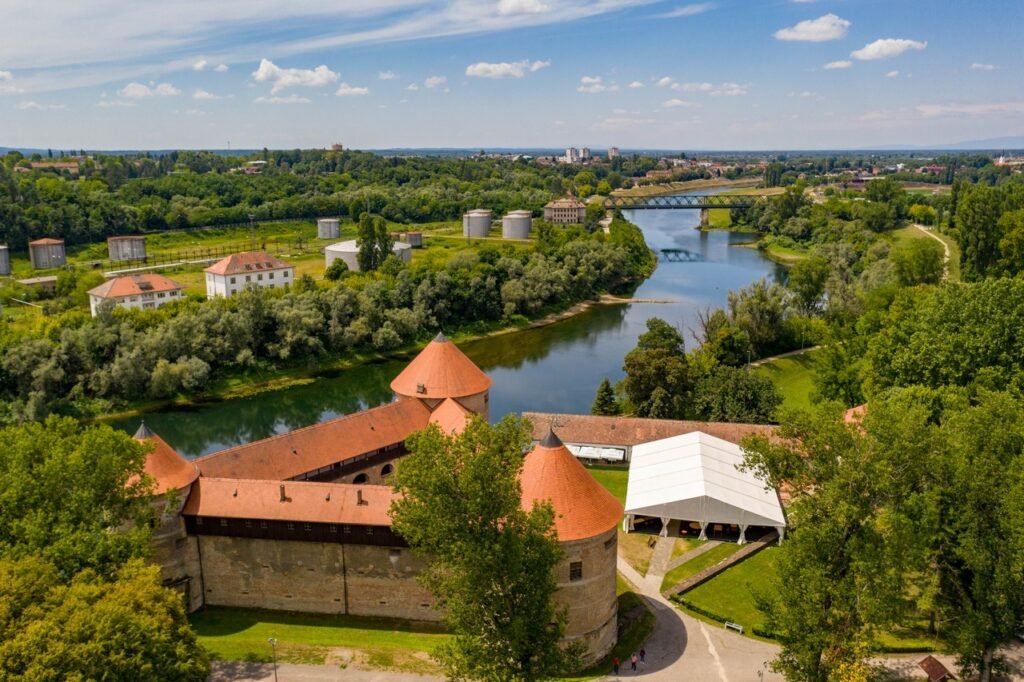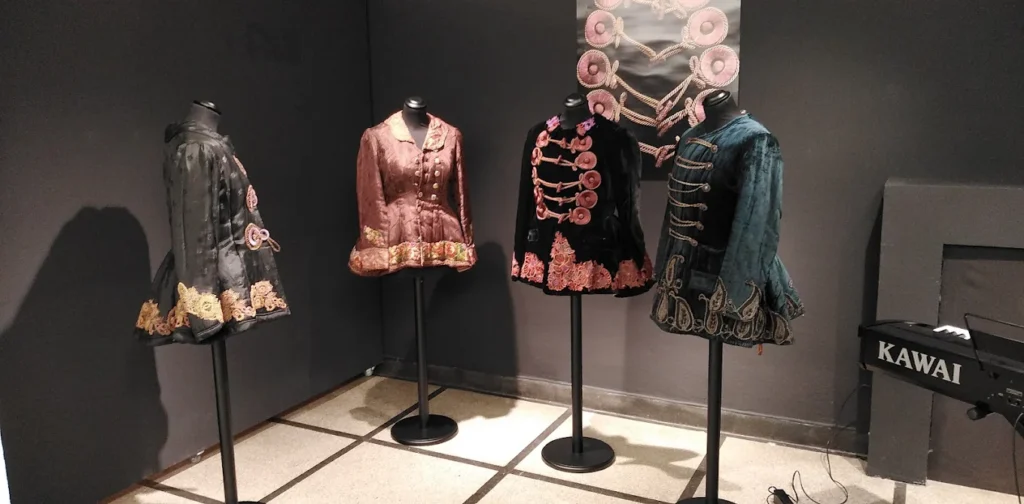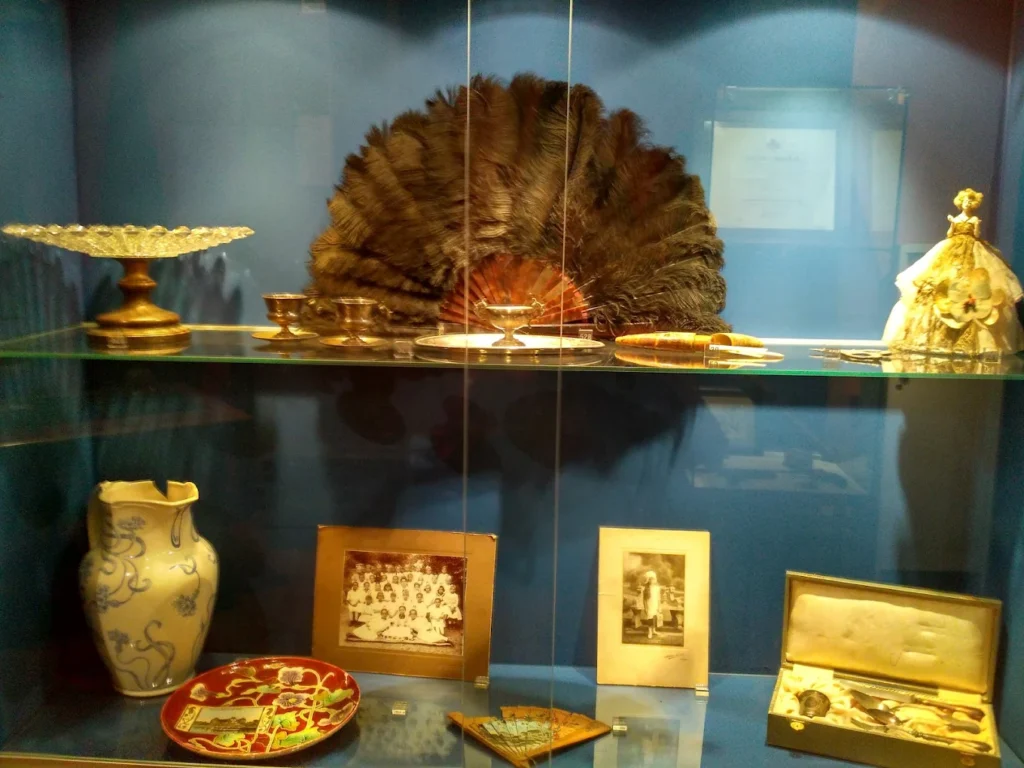Sisak is a city full of history surrounded by picturesque landscapes, a wonderful combination of cultural heritage and natural beauty allows visitors to discover the rich history of archaeological sites and a well-preserved medieval fortress that reminds us of the battles that once took place here. And the natural peace is provided by a walk along the banks of the Sava River, where you can admire the breathtaking views of the surrounding countryside. Nearby is the Lonjsko Polje Nature Park, a UNESCO-protected wetland area full of wild animals.
By visiting its museums and art galleries. The Sisak City Museum presents the history of the region through its vast collection of artifacts, while the Gallery of Contemporary Art presents a diverse range of modern works of art.
Location
Sisak is a small town in northern Croatia, located at the mouth of the Kupa River into the Sava. Sisak is located 47 km southeast of Zagreb. It is the administrative capital of the Sisak-Moslavina County.
Festung Sisak

The Sisak Fortress is located at the confluence of the Kupa and Sava rivers, so it is partially naturally protected by water. The triangular fortress was built in the 16th century and is still well preserved. Large round towers with peaked roofs are located at each corner, connected by straight walls over 30 meters long.
Gradski muzej Sisak – City Museum Sisak


The Sisak Municipal Museum is located on Tomislavova Street and houses the Archaeological Collection of Prehistory; the Archaeological Collection of Antiquity; the Archaeological Collection of the Early Middle Ages; the Numismatic Collection; the Collection of the 13th–17th Centuries; the Historical Collection of the 18th and 19th Centuries; and the Historical Collection of the 20th Century. Thematic exhibitions and lectures are regularly held. The museum also has its own publications.
You will also find here the collection of old gramophones and radio receivers of Velimir Kraker; it currently consists of 86 old radio receivers, gramophones, phonographs and other related measuring devices and instruments. The second part of Kraker’s collection consists of almost 2,000 old gramophone records and phonographic cylinders.
Holandska kuća


Holandska kuća is an grain warehouse from the second half of the 19th century located in the very center of the city of Sisak.
On an area of 2000 m², an info center with a multimedia exhibition space for the presentation of the city’s industrial heritage, the exhibition spaces of the Striegl Gallery, then an exhibition space for the collection of phonographs, gramophones, radios and records of the famous Sisak collector Velimir Kraker, as well as a multimedia hall and a number of other spaces that serve visitors to deepen their knowledge of industrial heritage.
Sisak Cathedral

The church was built in the 18th century and dedicated in 1765. Traces of it can be found in canonical visits from 1702 to 1760 when the bell tower was built. The church was consecrated in 1765. After the earthquake of 1909, the old baroque facade was replaced by a new one, executed in the neoclassical style with art nouveau details.
Drvene kuće Wooden Houses

Located just 70 km southeast of Zagreb, easily accessible by car, you will drive through villages along the Sava River. In these villages you will see beautiful wooden houses, some of them even over 100 years old. One of these villages is also the European Stork Village, Čigoč.
There is also a small information and education center called “Štrokova iža” (stork house in the local dialect) and a small “museum”, a treasure of the Sučić family, where a nice elderly couple who live there can explain and show how the locals used to live here – a must see!
Stari most

Construction of the Old Bridge began in 1925, according to the design of engineer Milivoje Frković. The grand opening took place on May 6, 1934. At the time, it represented a significant advance in transport infrastructure, connecting the city across the Kupa River. However, its significance far exceeds its functionality. From the very beginning, the bridge was recognizable for its aesthetic appearance, and today many experts consider it the most beautiful Croatian bridge.
